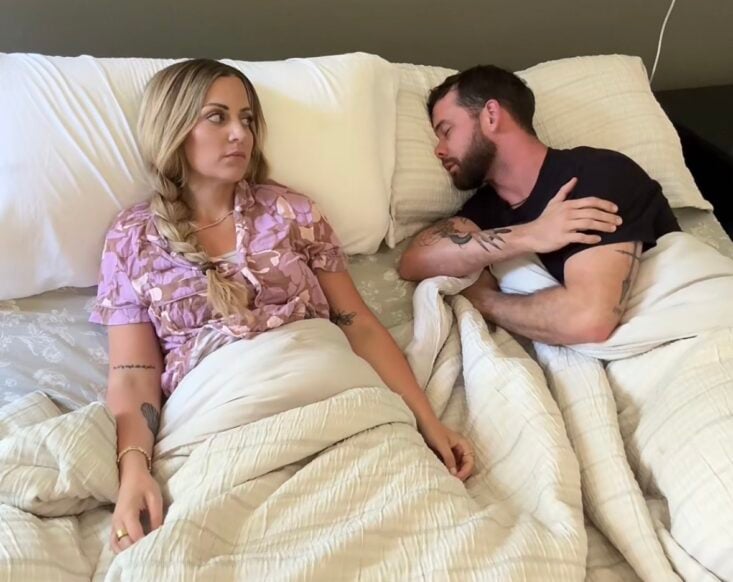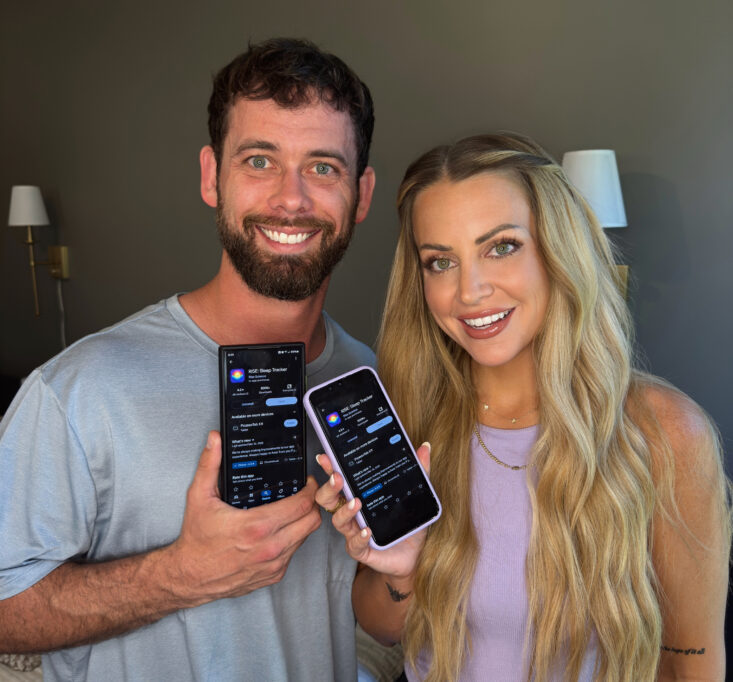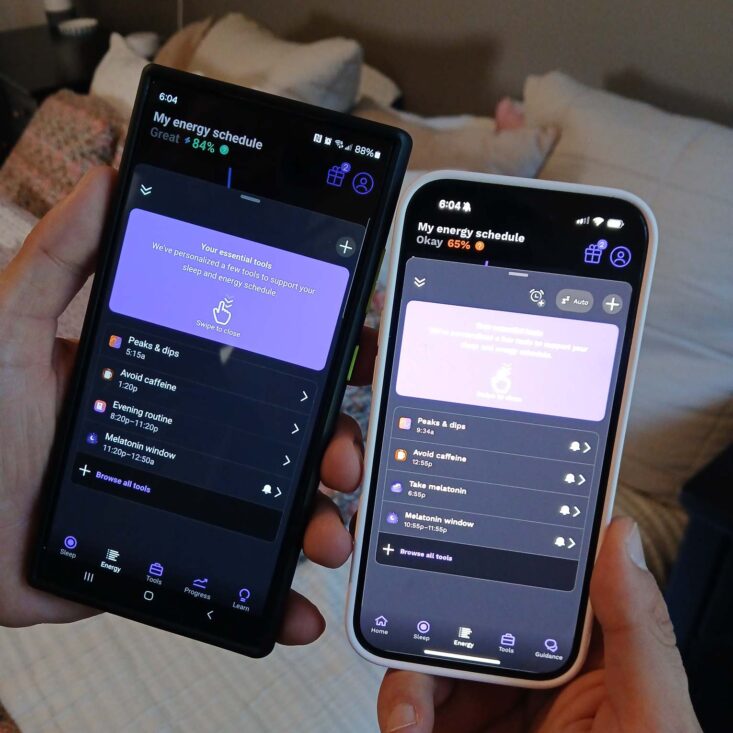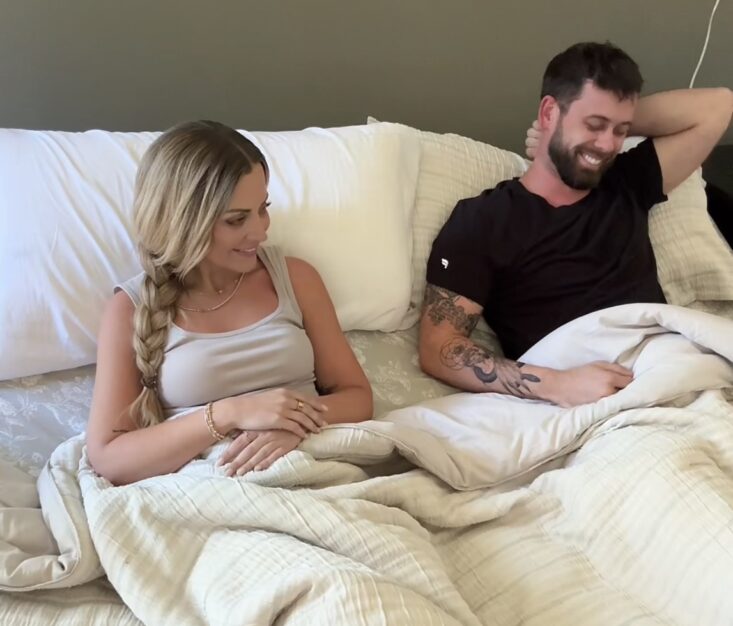My Husband and I Were Constantly Out of Sync At Bedtime—Until RISE Helped Us Stop Fighting About Sleep

When my husband and I first moved in together, I thought the biggest adjustment would be figuring out who gets which side of the bed. Nope. Turns out, it was our completely different sleep schedules.
I’m a classic early bird, and he’s a night owl who stays up past midnight and sleeps in. It quickly started to cause tension. I’d be climbing into bed ready to wind down, and he’d be turning on the TV. I’d be up early, making coffee while he was still deep asleep. We were on opposite clocks, and it felt like we were living in different time zones under the same roof.
Eventually, we realized something had to give. We weren’t just tired—we were tired of each other’s sleep schedules. That’s when I found RISE.
RISE Didn’t Just Tell Us When to Sleep—It Helped Us Understand Why We Were Always Exhausted

At first, I downloaded the RISE app out of desperation. I’d read that it wasn’t just another sleep tracker—it focused on something called sleep debt, which, honestly, I’d never heard of. But once I understood it, everything clicked.
Sleep debt is the difference between how much sleep your body needs and how much you’re actually getting. It’s like a credit card bill for your energy—if the debt is high, you feel it. If it’s low, you’re finally working with a full tank.
RISE tracks your sleep debt with one simple number, and it’s scarily accurate. My number was consistently high—even though I thought I was getting enough rest. I had no idea that staying in bed from 10 PM to 6 AM didn’t mean I was getting quality sleep.
Then RISE showed me my circadian energy schedule, which is a forecast of when I’ll feel focused, groggy, or ready to crash. It was like pulling up a weather app for my energy. Once I started working with my body instead of against it, everything changed.
My Schedule Was the Problem—Not My Sleep

Here’s the wild part. According to RISE, my ideal bedtime was closer to 12:45 AM, with a wake-up time around 8:15 AM. At first, I thought, no way. But I gave it a shot. Within a few days, I noticed I was falling asleep easier, staying asleep longer, and waking up feeling refreshed, without an alarm.
And for the first time, my natural sleep schedule started to match my husband’s. We stopped bickering about when the lights should be off, and mornings didn’t feel like we were dodging each other in a fog.
RISE Brought Us Closer—Literally

One of the coolest features in the app is called Partner Connect. It lets you sync your RISE data with someone else, so you can see each other’s sleep debt. I know that might sound invasive, but it actually became a tool for understanding, not judging.
Instead of saying “You’re always tired,” I could see why he was dragging on a Tuesday morning (spoiler: he’d built up a lot of sleep debt over the weekend). And he could see why I was crashing mid-afternoon, even after what I thought was a “full night’s sleep.”
It opened up a conversation we hadn’t had before. We weren’t just guessing anymore—we had real data that helped us plan better. We now schedule workouts, chores, even date nights around our energy peaks. Who knew that syncing sleep debt could make us feel like a team again?
RISE Isn’t Just a Sleep App. It’s a Sanity Saver.
RISE costs about $1 a day, or just 33 cents a day with the quarterly plan, and honestly, I would’ve paid double. This isn’t just about sleep—it’s about how you feel.
Before RISE, I was running on empty and blaming my partner for my frustration. Now, I know how to manage my energy, pay back my sleep debt, and enjoy my time with him, day and night.
If you and your partner feel like you’re living in separate sleep worlds, RISE might just be the (bedtime) story you’ve been waiting for.

